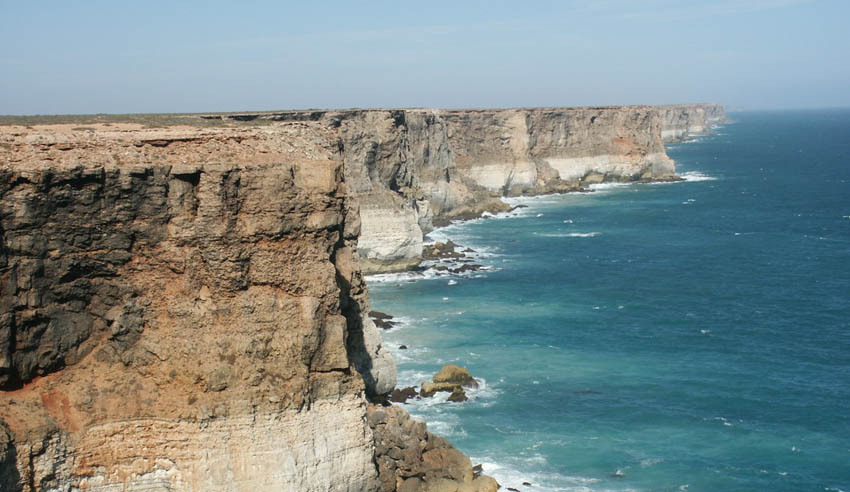A number of legal academics have cautioned against an ‘overconfident’ plan for oil drilling in the Great Australian Bight, citing catastrophic environmental impact.

Source: en.wikipedia.org/wiki/Great_Australian_Bight
Norwegian oil company Equinor plans to drill offshore of Australia’s southern coastline, and has submitted an environmental plan outlining its intentions to the National Offshore Petroleum Safety and Environmental Management Authority (NOPSEMA).
Co-authoring the submission was University of Sydney’s energy and natural resources academic Dr Madeline Taylor, with emeritus professor Andrew Hopkins of Australian National University, Greg Bourne of Australian Climate Council and former BP Australia president, and Aberdeen University Centre for Energy Law’s Professor Tina Soliman-Hunter.
According to the submission, Equinor is overconfident it would be able to prevent a major spill, which the experts said could lead to the catastrophic environmental impacts.
“Throughout the environmental plan, Equinor has consistently made optimistic choices in order to convince the public and NOPSEMA that ‘it is safe’ to drill,” the statement read.
“However, we saw a similar style of overconfidence demonstrated in BP’s proposal to drill in the Gulf of Mexico, which led to one of the world’s biggest oil spills in 2010,” it continued.
The group of experts highlighted how “history has shown us that overconfidence precedes catastrophic failure in many spheres of engineering endeavour”.
Recommendations from the submission to NOPSEMA included requiring Equinor to carry out consultations with coastal communities and other relevant persons, securing of the public release of Equinor’s ‘Well Operations Management Plan’, and that the oil driller “adequately address protection of the 41 threatened species within the drilling area”.
The submission also calls for Equinor to demonstrate that it has “learnt and implemented important lessons from BP’s Gulf of Mexico blowout in 2010, particularly in identifying the human and organisational causes of that blowout”.
A ‘long-term perspective’ is also recommended to be utilised for assessment of Equinor’s Environmental Plan, with the experts requesting the displacement of use of American Petroleum Industry standards with the Norweigan NORSOK D-010 standard.
“No matter how many layers of defence there are between a hazard and an accident, accidents can and still do happen,” the submission cautioned.